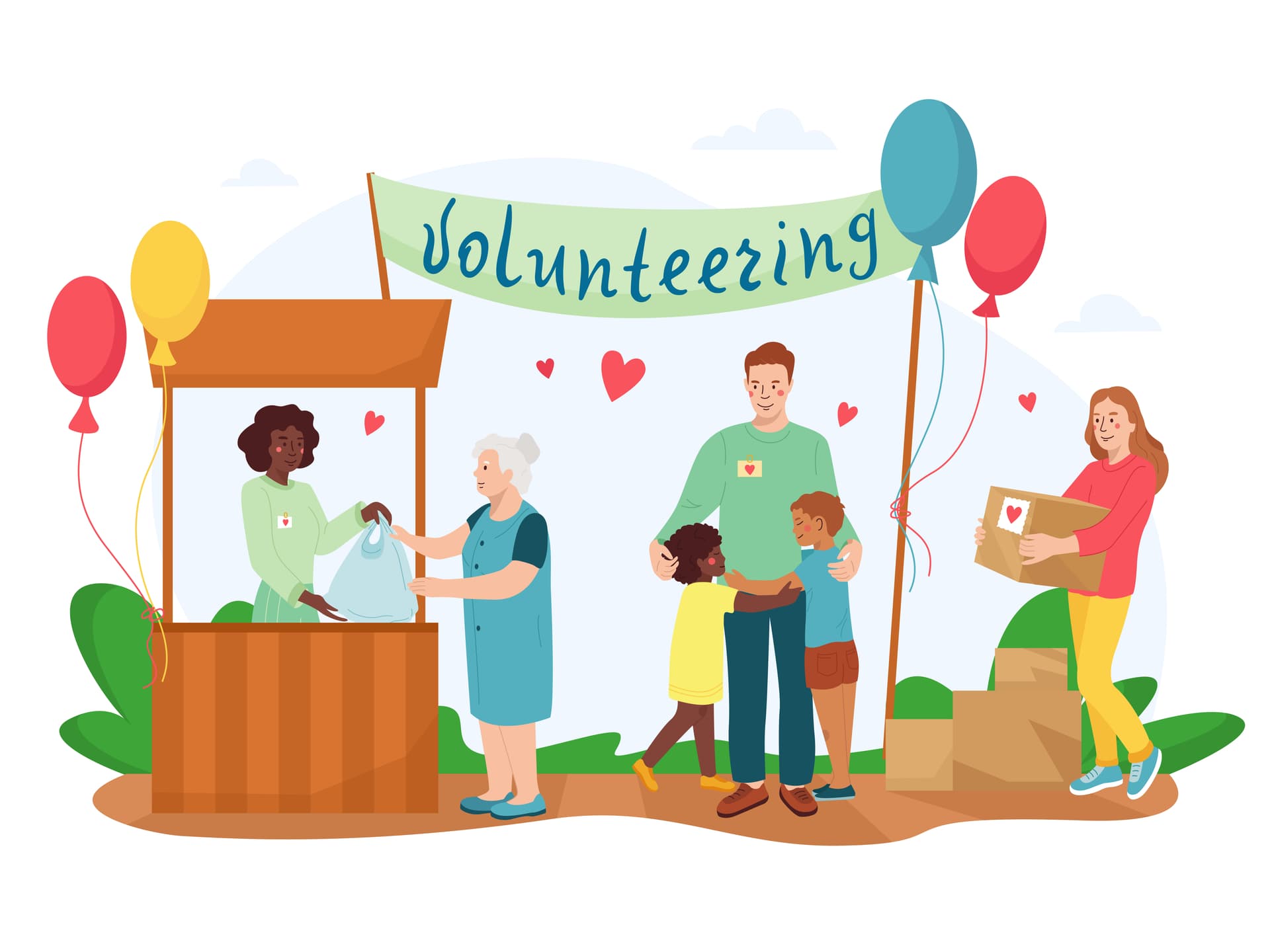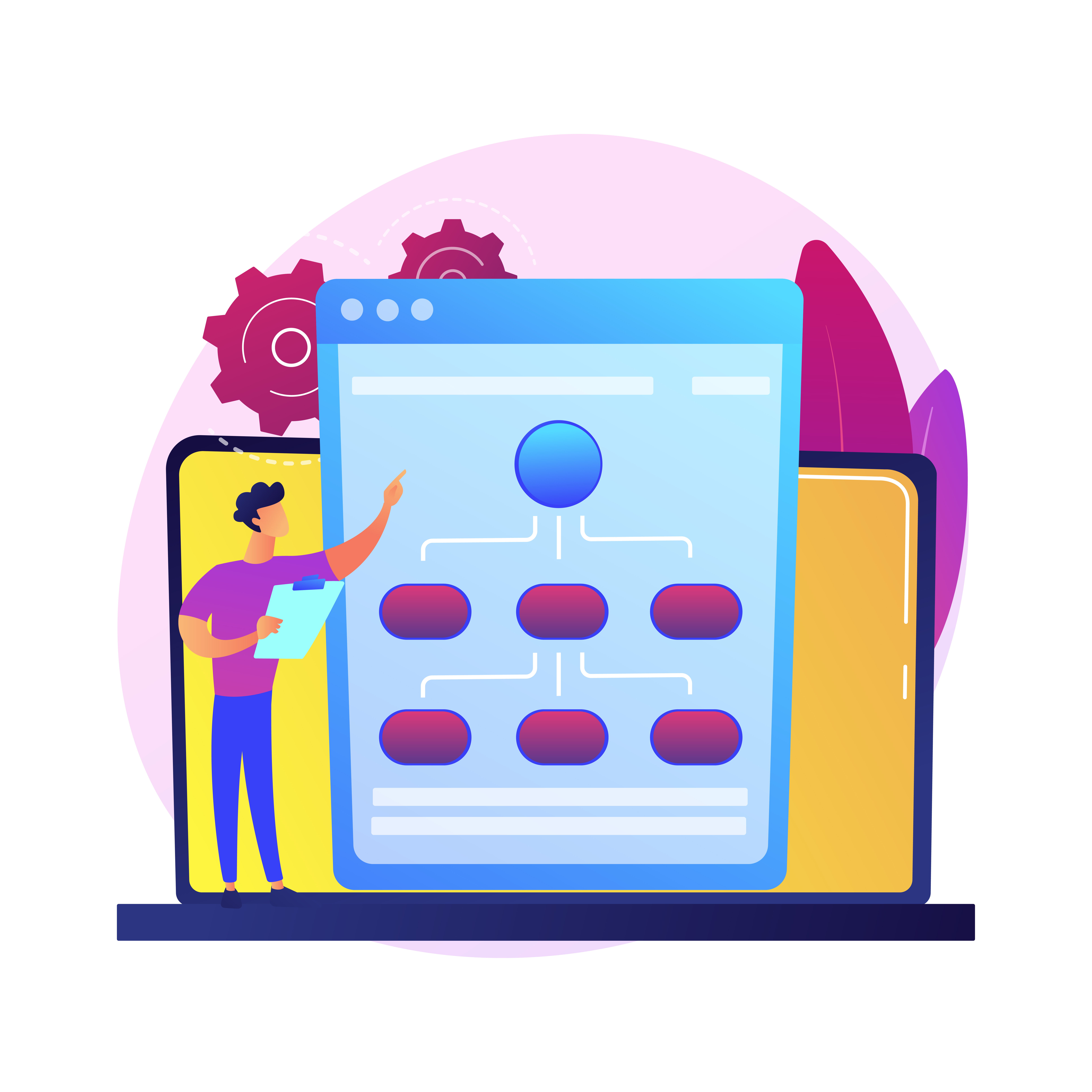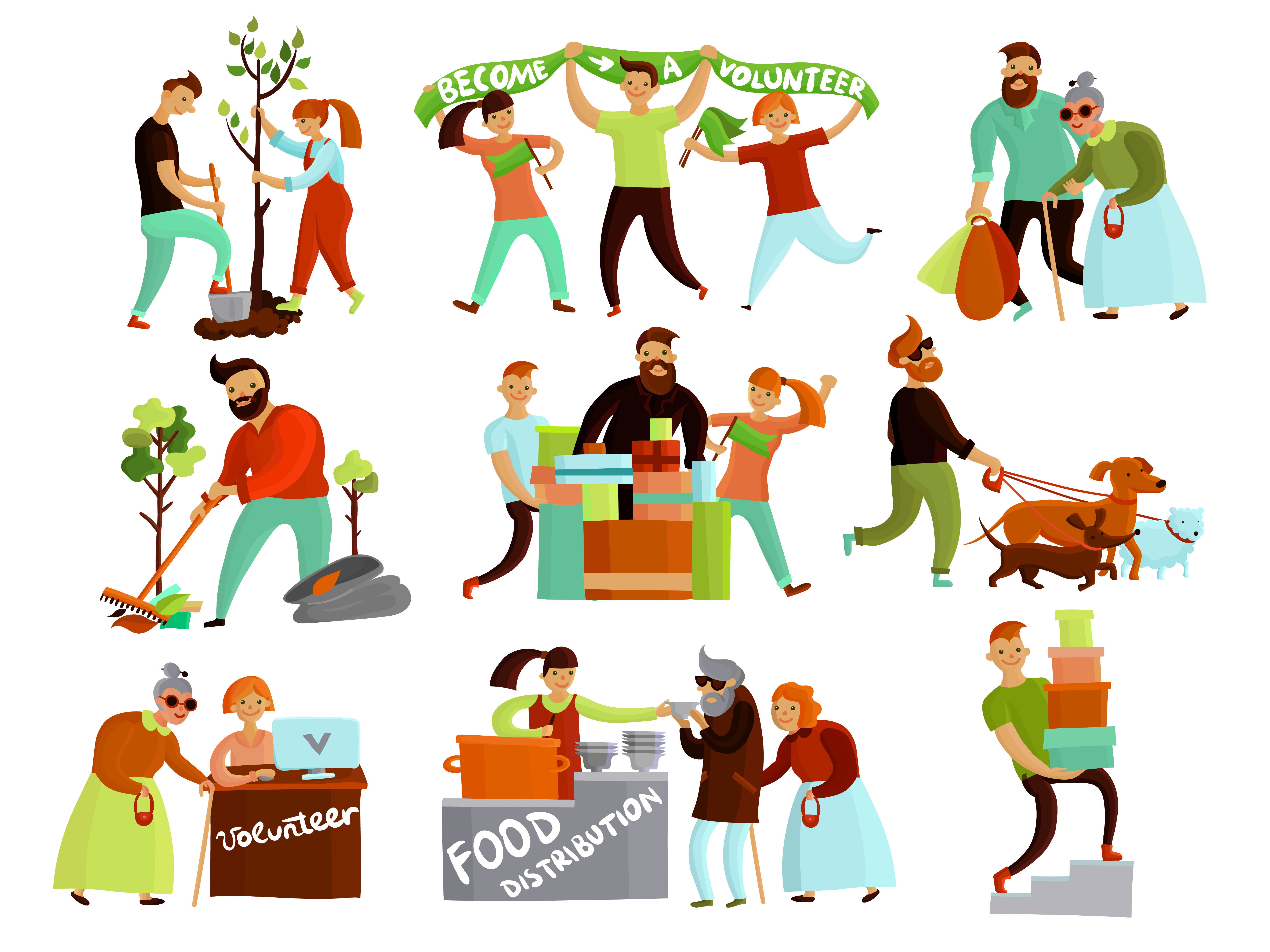Volunteers Who Stay: How Compatibility Matching Reduces Nonprofit Turnover

Nonprofits depend on the dedication of volunteers to power their missions. From organizing community drives to running local outreach programs, volunteers are often the backbone of impact. Yet, nonprofits face a serious challenge: high turnover rates. Volunteers frequently sign up with enthusiasm but leave after a short time, creating constant cycles of recruitment and training.
The good news? Volunteer retention isn’t just about recruitment numbers, it’s about compatibility. By ensuring volunteers are matched with roles, teams, and projects that align with their motivations and collaboration styles, organizations can transform short-lived participation into long-term commitment. That’s where Easy Pairing comes in.
Why Volunteers Leave Early
Before solving the problem, it’s important to understand why so many volunteers don’t stick around:
- Mismatch of expectations: Volunteers expect certain roles but find themselves underutilized or overwhelmed.
- Clashing collaboration styles: Teams may lack synergy, leading to frustration or disengagement.
- Limited alignment with values: When personal values don’t match the nonprofit’s mission, volunteers struggle to stay motivated.
- Lack of recognition: Volunteers want their contributions to be acknowledged and meaningful.
Each of these pain points comes down to a core issue: compatibility between people, tasks, and organizations.
Compatibility as the Key to Retention
Imagine two volunteers: one thrives on leadership and coordination, while the other prefers hands-on execution. If both are placed in the wrong roles, dissatisfaction is almost guaranteed. But when aligned with their strengths and styles, they feel engaged, productive, and valued.
Easy Pairing leverages compatibility-driven AI to assess and match volunteers based on:
- Values alignment (what causes they care about most)
- Skills and experience (where they can make the greatest impact)
- Collaboration preferences (team-driven, independent, leadership, or support roles)
- Commitment levels (short-term projects vs. long-term engagement)
This human-centered approach ensures that every volunteer finds the right place to contribute; leading to higher satisfaction and longer retention.

The Impact on Nonprofits
When nonprofits integrate compatibility-based matching, they don’t just reduce turnover; they transform their entire culture of volunteering. The benefits include:
- Stronger Engagement: Volunteers feel they belong, which fuels ongoing participation.
- Reduced Training Costs: Less turnover means nonprofits spend fewer resources onboarding new people.
- Improved Collaboration: Teams work in harmony when values and collaboration styles are aligned.
- Mission Growth: Retained volunteers become advocates, helping nonprofits scale their efforts.
- Community Resilience: Long-term volunteers build trust within the community, strengthening impact.
Real-World Applications
Nonprofits can apply Easy Pairing’s compatibility-driven approach across different areas:
- Community Programs: Matching volunteers who share a passion for education, environment, or healthcare ensures programs thrive.
- Event Management: Ensuring teams are balanced between leaders, organizers, and executors avoids burnout.
- Administrative Roles: Volunteers with patience for detail and structure excel in behind-the-scenes support.
- Crisis Response: Quick compatibility matching allows nonprofits to deploy effective teams in emergency scenarios.
In each case, the pairing process goes beyond logistics, it ensures that every volunteer feels connected to both the mission and the team.

Building a Volunteer Culture That Lasts
Retention is not just about keeping volunteers, it’s about creating a culture where people want to stay. By prioritizing compatibility, nonprofits send a powerful message: we value you not just for your time, but for who you are and what you bring.
With Easy Pairing, nonprofits gain more than a tool; they gain a strategy for building sustainable, people-first organizations. Volunteers stay longer, contribute more, and amplify the mission in ways that random placement simply can’t achieve.
In summary: High turnover has long plagued nonprofits, but compatibility-driven matching offers a solution. By aligning values, skills, and collaboration styles, Easy Pairing ensures that volunteers don’t just join, they stay, thrive, and help nonprofits achieve lasting impact.